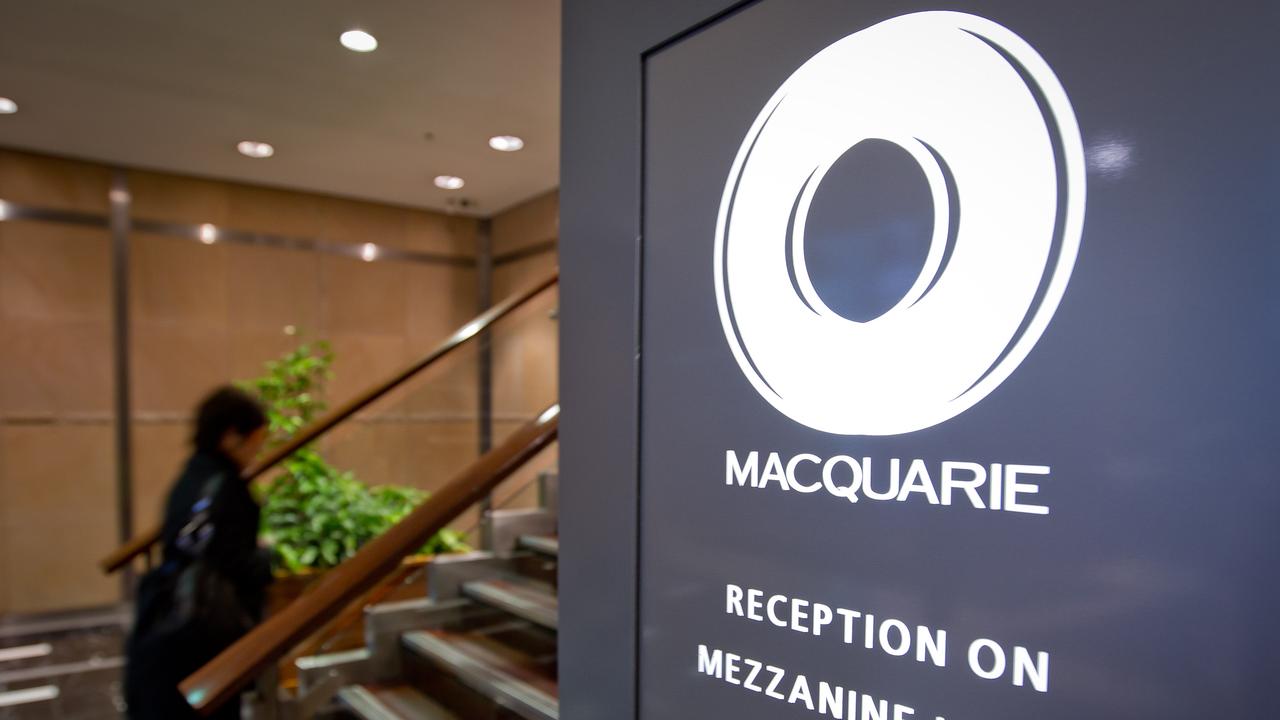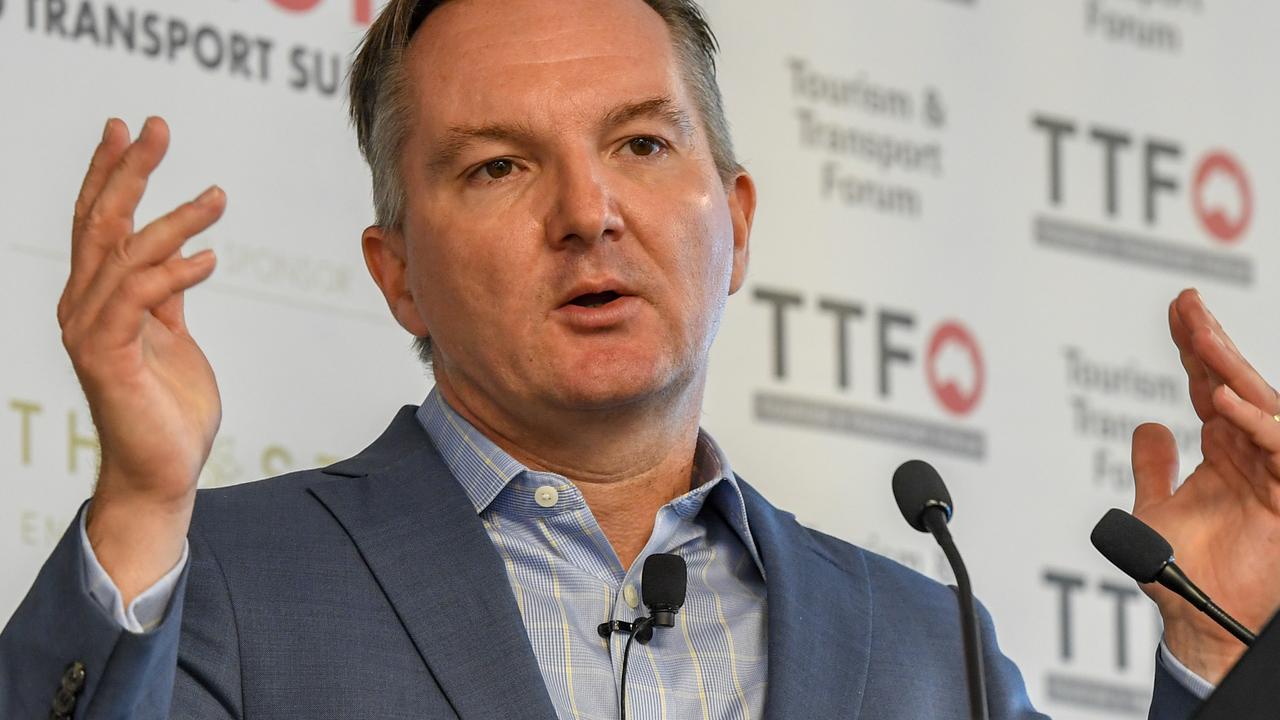
This week’s $US6.4 billion headline loss is a small fraction of the loss that would have been incurred had some of the expansion strategies the company attempted during the boom had “succeeded”.
And the 2015-16 BHP reversal is nowhere near as serious as the 1997-98 disasters, when the company teetered on the brink only to be rescued by Don Argus and Paul Anderson.
But the combination of two disasters over a two decade period helped steel the board’s resolve and have enabled current CEO Andrew Mackenzie (from Scotland) and chief financial officer Peter Beaven (from South Africa) to remove the culture of arrogance at Australia’s BHP.
The BHP of 2016 is a totally different company to the old BHP. And if it has called the commodity game correctly it will make a fortune. And even if there are tougher times than expected, it will still achieve good returns because its costs of production are now so much lower.
So let’s look at what Mackenzie and Beaven have done to BHP.
Firstly, unlike most companies after a big loss, BHP is not highly leveraged. It was helped by $US7bn in asset sales at high prices, including its stake in the Browse LNG project, diamonds, an iron ore operation and some US shale oil assets. It also currently has its Bass Strait oil assets up for sale.
BHP has about $26bn in debt but has an ‘A’ credit rating and calculates its gearing ratio at 30 per cent, which is not high for a company of its standing and cost base.
Secondly, the loss was created by asset writedowns because it paid too much for US shale oil and gas assets in the boom and was hit by last year’s Samarco disaster.
BHP actually created a cash surplus from earnings and made a trading profit. Indeed that trading profit of some 22 cents a share was less than its 30 cents a share dividend, which reflects confidence in the 2016-17 outlook and its moderate gearing.
That confidence comes from several fundamental transformations.
Mackenzie has taken some $US10bn out of BHP’s costs. It’s true that during the boom they were inflated and modern technology has slashed mining costs but it’s still a herculean performance.
Moreover, Mackenzie says that he can take another $US1.8bn out of costs in the current year. Given what has happened in the last three years, no one doubts he can do it, although at some point there will be a push to wind back cost cutting.
Beaven’s job has been to make each capital investment plan that is implemented deliver big returns. And that decision-making process has come up with surprising conclusions.
BHP has decided to sit on its cards in iron ore and enjoy the cash flow that comes from being able to produce iron ore at about $US15 a tonne which Mackenzie says he can reduce to $US14 a tonne. These are enormously profitable assets.
By contrast, BHP has concluded that most of the $5.4bn it will spend on capital projects in 2016-17 and particularly the $US6.2bn it will spend in 2017-18 will be centred on US oil, gas and copper, mainly via the Escondida copper mine.
So, Australia will gain the tax joys of a very low-cost BHP iron ore mining complex but the cash flow from the iron ore mines will be mostly invested offshore, although Olympic Dam copper has a real chance of revival, albeit a fraction of the huge pit BHP planned during the boom.
If spot commodities were to stay at their current level (which, of course, they won’t), then BHP says that it will generate around $US7bn in free cash flow in the current financial year after deducting for capital investment.
If that turns out to be the outcome, then BHP will either reduce debt or return funds to shareholders via higher dividends or buy backs.
BHP will need to watch that the sharemarket does not take the stock to the point where buy backs are too costly. That happened in the boom.
Why is BHP investing in oil and copper?
Part of the reason is that it makes the operations more competitive.
Escondida copper costs come down from $1.12 a pound to $1/lb. BHP believes demand for oil is not that far above supply and that the big oil surpluses we are seeing will disappear as demand rises.
There is going to be greater global investment in residences, which will boost copper demand and there is a shortage of big new deposits.
Conversely, BHP can see a supply problem if iron ore prices rise too far and there is still a lot of new low-cost production set to come onto the market.
The superannuation investment of Australians has a high content of banks and BHP. The outlook for banks is restrained and it’s possible one or two will encounter a crisis in the next few years. BHP has already had its crisis — two of them.




It often takes a crisis to transform a company but BHP’s transformation has required two major reversals and, so, we almost lost The Big Australian twice in the last two decades.